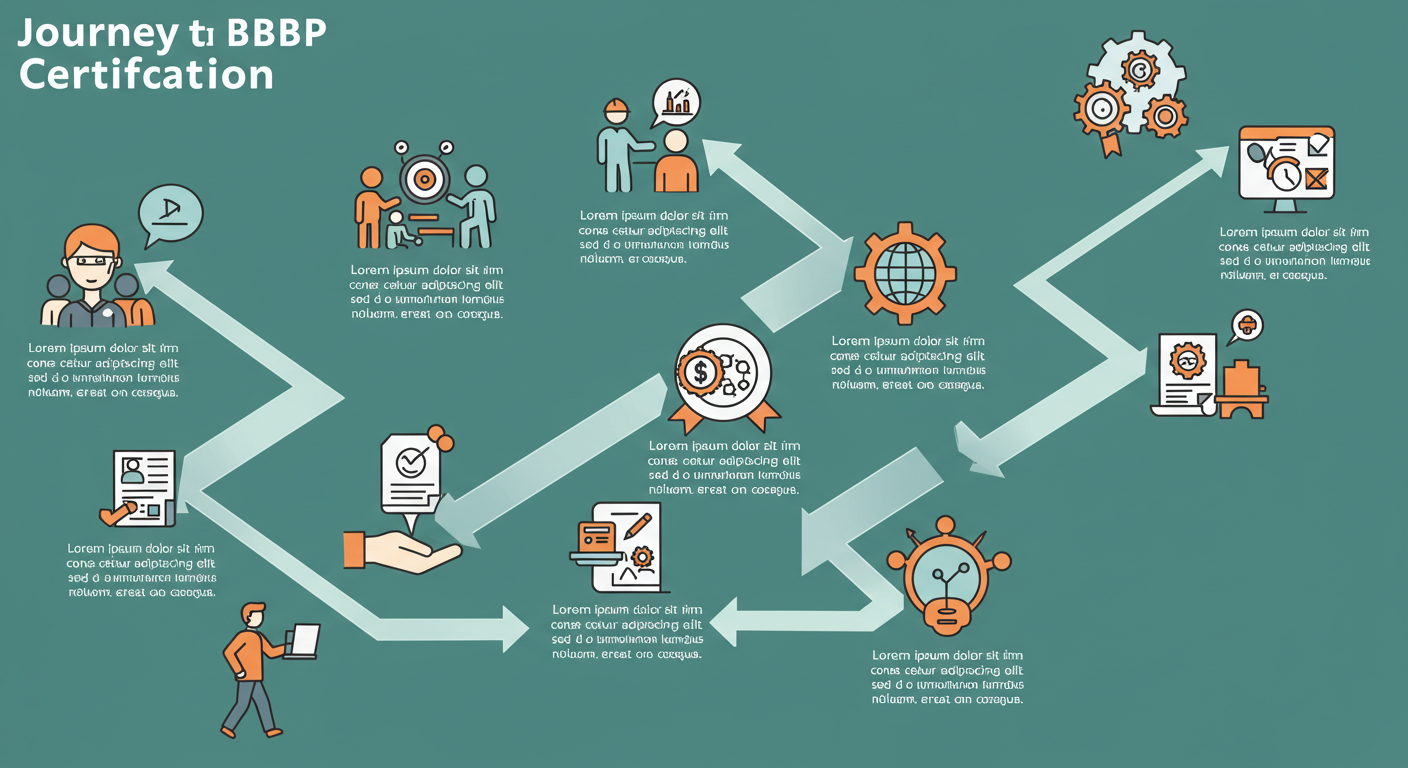Bloodborne pathogens (BBP) are infectious microorganisms that are found in human blood or other bodily fluids. Some common types of pathogens are Hep-B (Hepatitis B virus), Hep-C (Hepatitis C virus), and HIV (Human Immunodeficiency Virus). They pose serious risks to you if you are exposed to contaminated blood. Moreover, those working in high-risk industries like healthcare, cleaning, and first response face a high risk of exposure. OSHA mandates BBP certification to maintain proper safety for you and those at risk of exposure around you.
The certification trains you to handle infectious material properly. You learn to follow the required protocols in case of an emergency and ensure safety for everyone. Also, you gain the proper knowledge to take suitable preventive measures to avoid exposure accidents. This article outlines the steps to obtain the BBP training for your overall safety.
Understanding BBP certification
It is a training program designed to educate you on identifying, preventing, and responding to bloodborne pathogen exposure. It equips you with the essential knowledge to reduce infection risks and follow proper disposal procedures.
This certification is required if you work in fields like healthcare, nursing, paramedics, or dental care. BBP training also comes in handy for first responders like firefighters, EMTs, and police officers; tattoo artists and body piercers; as well as janitorial and housekeeping staff, laboratory technicians, and corrections officers.
What are the steps to get BBP certified?
This certification helps reduce workplace accidents and protects you from infections. Proper training also teaches you the essential skills required for handling bloodborne pathogens as part of your job. Here’s how you can get BBP certified with a few simple steps:
1. Identify a reputable BBP training provider:
Choosing a reliable training provider is essential for obtaining a BBP certificate. When selecting a provider, ensure the program meets OSHA’s regulatory standards. You can choose between in-person, online, or blended learning options to complete the training. Online courses offer flexibility, while in-person training may include hands-on demonstrations. Lastly, verify that the curriculum covers essential topics such as pathogen identification, prevention, exposure control, and post-exposure procedures.
2. Complete the training course:
BBP courses often include videos, interactive modules, and quizzes to reinforce learning. Once enrolled, you must complete the training, which typically consists of an introduction to bloodborne pathogens, their transmission methods, and associated risks.
You will be guided on how to prevent exposure, including universal precautions, personal protective equipment (PPE), and workplace safety measures. The training would also include detailed procedures for cleaning contaminated surfaces, disposing of sharps, and handling hazardous waste.
3. Pass the certification exam:
After completing the training, you must pass an assessment to demonstrate your knowledge. The BBP exam typically consists of multiple-choice questions covering topics like modes of transmission, workplace safety protocols, proper use of PPE, and steps to take after exposure.
To complete the certification, you need to pass the exam. However, if you do not pass, you must retake the exam.
4. Receive and maintain your BBP certification:
Upon passing the exam, you receive the BBP certificate, which is valid for one year. The certificate may be available as a digital download or mailed as a physical document. You must keep a record of this certificate for compliance and job purposes.
5. Stay compliant with annual renewal:
To remain compliant, you must renew your BBP certificate annually. Renewal courses update you on new regulations, emerging risks, and revised safety protocols. The renewal process typically includes reviewing updated OSHA guidelines and refreshing your knowledge of exposure control plans. In the renewal training, you will be required to complete a short refresher course and assessment.
How to stay compliant with BBP certification?
There are specific responsibilities for the employees and employees to stay compliant with the BBP certificate. These tips will help both parties to create a safe workplace that will reduce the risk of infection. Here’s what can be done to ensure better safety from bloodborne pathogens:
Employers’ responsibilities:
Employers must ensure that their workforce remains compliant by adhering to the following steps:
1. Providing initial and annual training:
OSHA requires employers to offer training upon hiring and annually thereafter.
2. Maintaining exposure control plans:
Employers must develop and enforce written ECPs tailored to their workplace.
3. Supplying protective equipment:
Providing gloves, masks, eye protection, and other PPE to minimize exposure risks.
4. Documenting incidents and certifications:
Keeping records of exposure incidents, employee training, and certifications.
Employees’ responsibilities:
As an employee, you must adhere to all the safety protocols and complete the BBP training mainly designed for your role. Check out the other essential things to keep in mind:
1. Follow safety protocols:
Adhere to universal precautions and workplace safety guidelines.
2. Use PPE properly:
Wear gloves, masks, and protective clothing when handling potentially infectious materials.
3. Report exposures immediately:
Notify supervisors and seek a medical evaluation after an exposure incident.
4. Stay updated on regulations:
Participate in refresher courses to maintain knowledge of evolving BBP risks and compliance requirements.
Conclusion
Getting BBP certification ensures workplace safety, legal compliance, and public health protection. You can go through the above steps to register for a well-reputed training program. The details will ease the process of getting the certification properly. Moreover, employers play a vital role in maintaining compliance by providing annual training. They must make sure that all the employees have access to protective equipment and vaccinations. On the other hand, you should adhere to safety protocols, use PPE correctly, and report exposure incidents promptly.











